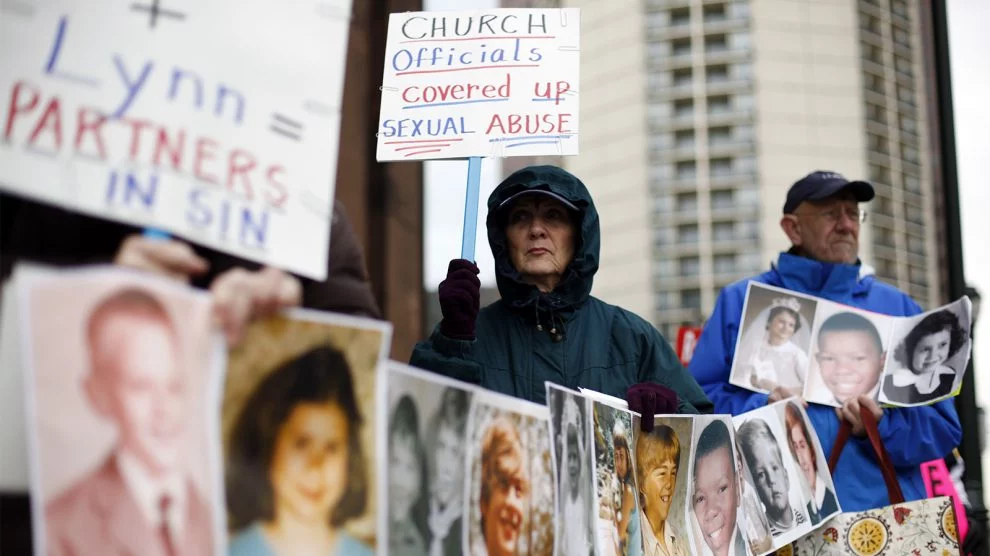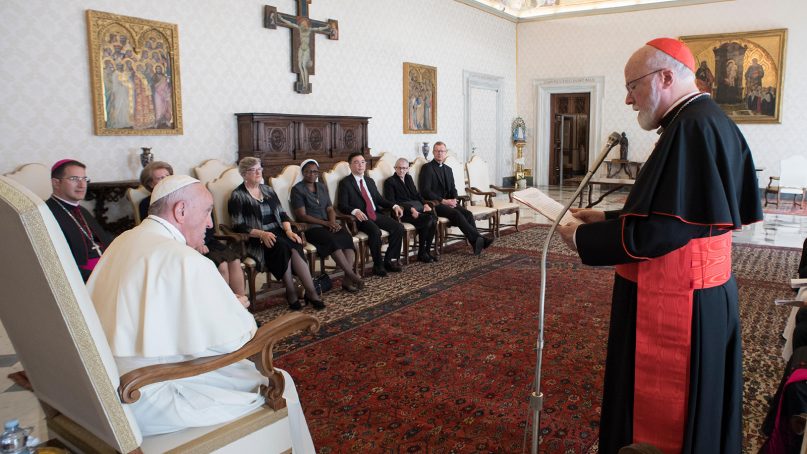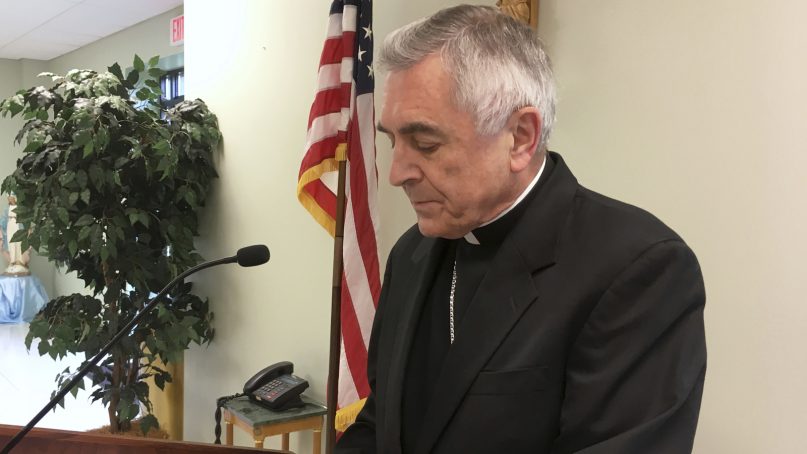Timing Is Everything in Pennsylvania’s Clergy Sexual Abuse Report
By Thomas Reese
After a monthlong challenge by a few of those named in the document, Pennsylvania’s Supreme Court has approved the release of a grand jury’s report on sexual abuse of minors in six Catholic dioceses across the state. The grand jury, convened in 2016, considered the cases of some 300 priests accused of being predators, as well as bishops accused of covering up the crimes. The report, expected to be released any day, is not going to be an easy read, and at 900 pages will contain more information than many have time to digest. Here are a few things that journalists and other interested parties should look for. First, did the grand jury find any new prosecutable offenses? The answer is probably no. The statute of limitations, which has protected many abusive priests from prosecution, has likely expired on many of the crimes detailed in the report. Nor is it likely that any bishops can be prosecuted for not reporting priests to the authorities, because that was not required by law until recently in most states. Second, did the report find any priests credibly accused of abuse who are still in ministry or any bishop currently in office who kept a bad priest in ministry? Again, the answer is probably no, thanks to the procedures the church put in place in 2002 for dealing with abusive priests. Accusations are now reported to the police and investigated by the accused’s diocese. If an accusation is judged credible, the priest is suspended while an investigation takes place; if it is substantiated, the priest is permanently removed from ministry. If a bishop was in office before 2002, he might have kept a priest in ministry. Then the question becomes, did this priest abuse again? Beyond these important questions, understanding the significance of the grand jury report will mean following the timeline. Dates will matter.
We know from the John Jay study of clerical abuse that the number of alleged abuses increased in the 1960s, peaked in the ’70s, declined in the ’80s and by the ’90s had returned to the levels of the 1950s. These statistics are a surprise to most people because the press coverage was much later when the abuse victims came forward. Only the National Catholic Reporter was covering abuse as early as 1985. By the time The Boston Globe discovered it in 2002, the number of abuse cases nationally was way down. Dates are also important because we know that most victims of abuse do not report it until years after the abuse took place. Although most of the abuse in the Catholic Church took place from the ’60s to the early ’80s, most of the reports came in the ’90s and later. It is hard to blame a bishop for abuse he did not know about. Before 1985, bishops, like most Americans, were ignorant when it came to child abuse. The immediate response, when someone you knew was accused, was denial. Accusations were considered dubious even by the police. In 1985, the first major lawsuit against a diocese took place in Lafayette, La., and soon insurance companies began telling dioceses that they would no longer cover child abuse. This wake-up call should have alerted bishops to the gravity of the problem, and some did begin to respond, some faster and better than others. Others continued to move a priest to a new parish after he was accused of abuse. Yet others pulled priests from their parishes but returned them to ministry after “treatment.” Some were put into ministries that were supposedly “child-free.” These bishops got bad advice from psychologists who told them the priests were safe to return to ministry. They also got bad advice from their chancery staffs, who were mostly priests, who felt protective of their own and often said, “Give him another chance.”
Between 1985 and 1992, the American bishops discussed sexual abuse behind closed doors at their national meetings at least five times. One old bishop told me that he got up at a meeting and pleaded with the bishops, “Don’t make the same mistakes I made.” In 1987, the bishops’ conference recommended a five-step program for dealing with sexual abuse by clergy or church employees: Respond promptly to all allegations where there is reasonable belief that the incident has occurred. If the allegation is supported by sufficient evidence, relieve the alleged offender promptly of his ministerial duties and refer him for appropriate medical evaluation and intervention. Comply with the obligations of civil law on reporting the incident and cooperating with the investigation. Reach out to the victims and their families and communicate our sincere commitment to their spiritual and emotional well-being. Within the confines of respect for the privacy of the individuals involved, deal as openly as possible with members of the community about the incident. Some bishops followed these guidelines. Others, such as Cardinal Bernard Law of Boston, did not. The resulting 2002 Boston scandal led to the bishops adopting, with the approval of Rome, a zero tolerance of abuse — not a guideline, but binding on bishops. No longer would they risk returning a priest to ministry after “treatment.” Any bishop who made mistakes prior to 1985 could plead ignorance; any bishop who did not follow the 1987 guidelines should have been removed from office. Sadly, not enough bishops acknowledged their mistakes, took responsibility and resigned. The grand jury report will undoubtedly show that the church did a bad job dealing with abuse, especially in the early years, with disastrous results. This should be reported. But journalists should read the report like they would read any other government document. What has been proved and what is just accusation? Would your editor publish these pages or ask for more information? Since the report is undoubtedly the work of many hands, is the quality of a high standard throughout? This is especially true when it comes to naming names. Some of those who fought the release of the grand jury report objected because it “unconstitutionally infringes on their right to reputation,” as the court order put it. We must ask: Was the person convicted? If not, how many accusations were made? Are the accusations credible? Substantiated? What is the accused’s response? And when it comes to a bishop, we must ask the Watergate questions: What did he know, and when did he know it? And what did he do? Finally, the grand jury report is a wake-up call to other U.S. dioceses. If they don’t want a grand jury poking its nose into their affairs, they had better be more transparent. They should hire someone to do an independent and credible report, make it exhaustive, and publish it. People demand transparency. Either the bishops must provide it or the government will.
|
.
Any original material on these pages is copyright © BishopAccountability.org 2004. Reproduce freely with attribution.


